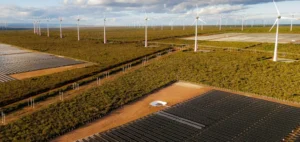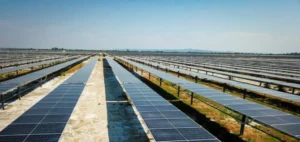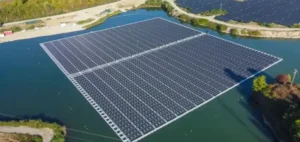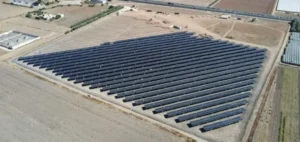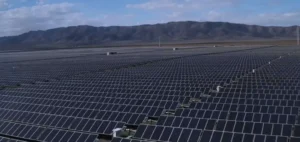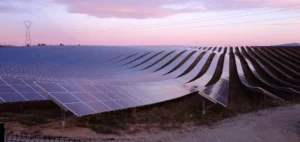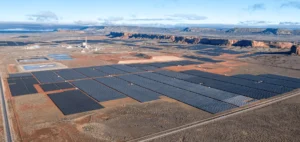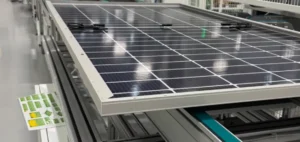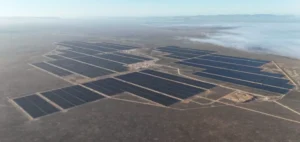The solar photovoltaic glass sector is booming, driven by technological advances and growing demand for renewable energy. In 2023, the market was valued at USD 22.35 billion and is expected to reach USD 135.33 billion by 2030, with a compound annual growth rate (CAGR) of 29.34%.
Market trends and growth drivers
The Asia-Pacific region (APAC) is the main driver of this growth, accounting for 44.89% of the market. Leading the way is China, which contributes more than 60.75% of the APAC market thanks to its manufacturing and supply capacities for photovoltaic systems. Countries such as India, Japan and South Korea are also experiencing rapid urbanization and massive investment in infrastructure, driving market expansion.
In Europe, the solar photovoltaic glass market was estimated at 6.49 billion USD in 2023. Growth is underpinned by infrastructure development and government initiatives to encourage the use of renewable energy technologies, particularly in the UK where rooftop installations are on the increase.
Technologies and Innovations
Photovoltaic glass, which integrates solar cells directly into glass panels, generates electricity while fulfilling architectural functions. Recent innovations in this field, such as Xinyi Solar’s double-angle lenses or AGC Solar’s Sunlux® AR glasses, improve energy efficiency and transparency, opening up new opportunities for integrating this technology into various construction projects.
Opportunities and challenges
Governments around the world are increasing their investment in renewable energies, creating significant opportunities for the solar photovoltaic glass sector. For example, China has allocated 840 million USD to solar energy projects in 2021, and developing countries are following this trend to reduce their dependence on fossil fuel imports.
However, the market also faces challenges such as fluctuating raw material prices and logistical complexities. Market players need to navigate these obstacles while exploiting opportunities for rapid growth and technological development.
The future of the solar photovoltaic glass market looks promising, with a steady increase in large-scale installations and technological advances improving energy efficiency. This growth dynamic is underpinned by increased demand for renewable energy and strategic investments by governments and businesses.





